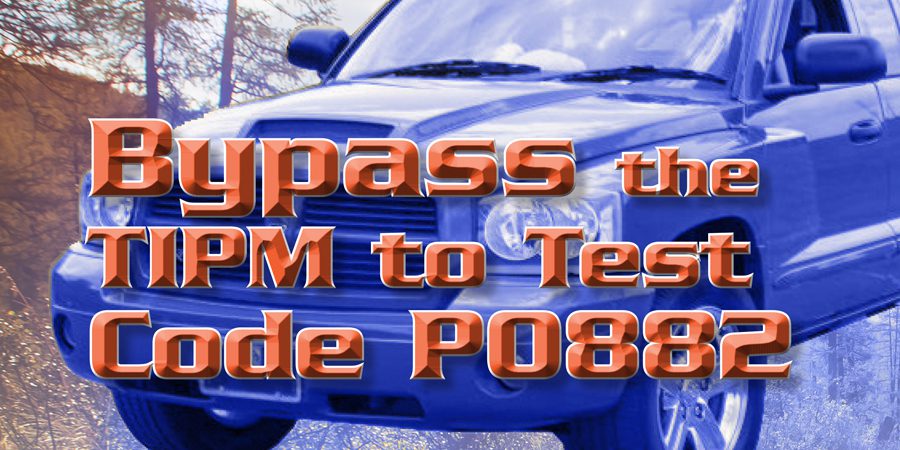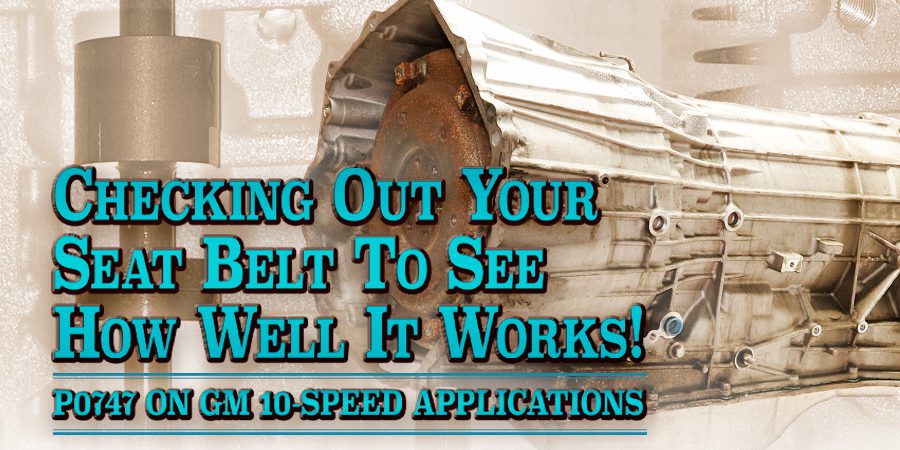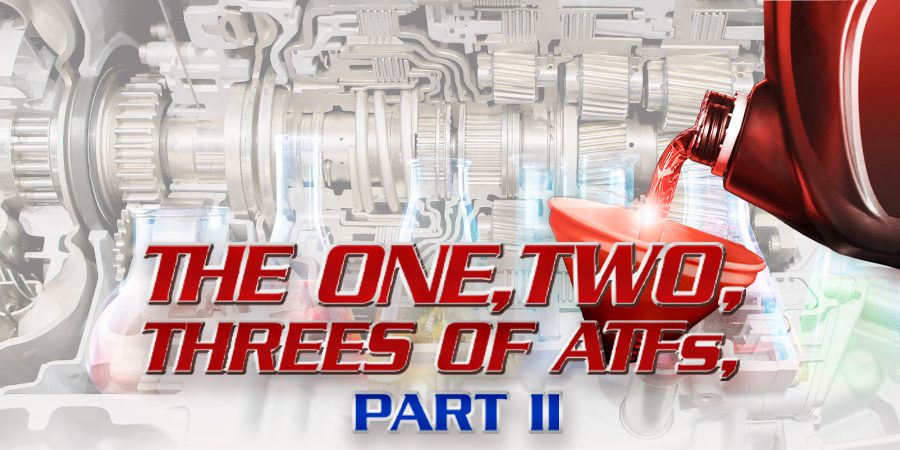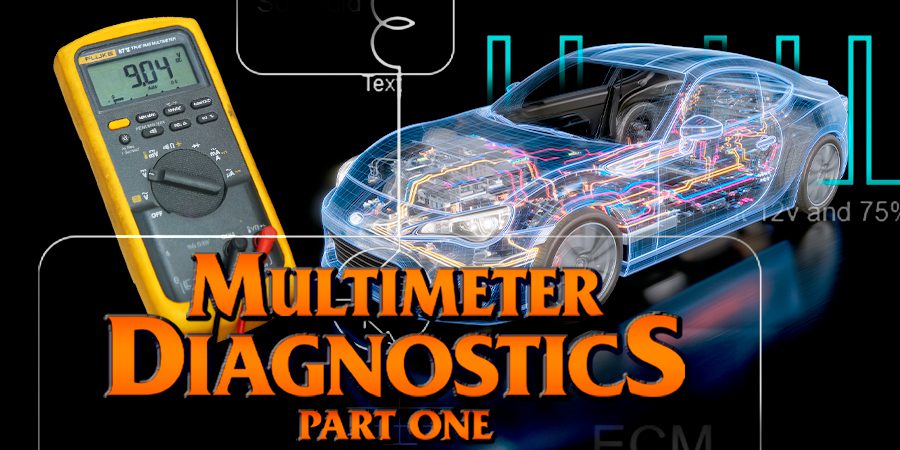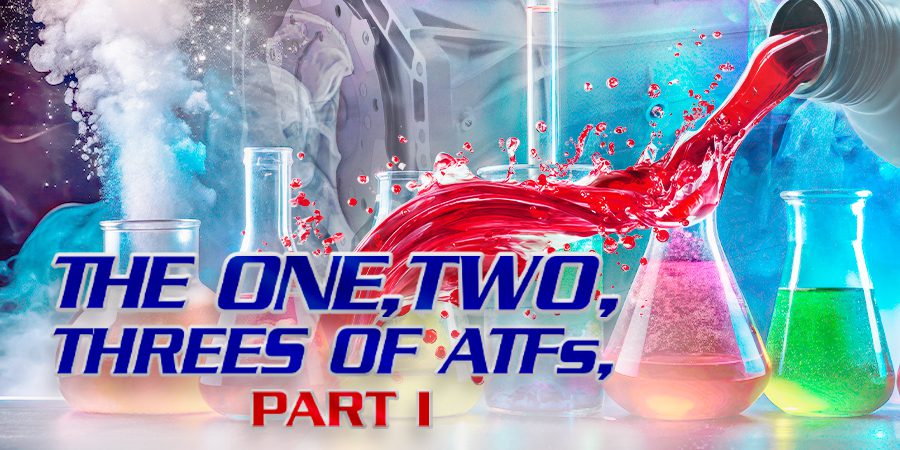Knowing how a transmission works is the most important part of the diagnostic process, followed closely by having the right diagnostic equipment. Scan tools can save a considerable amount of time, and, with the AS68RC, there’s enough data to diagnose almost any problem from the drivers’ seat.
This transmission has several solenoids and pressure switches (figure 1). It has four linear solenoids to control engagement and shift quality (figure 2). These are all pulse width modulated solenoids, and they control fluid to the shift valves (figure 3). If these solenoids fail mechanically, the clutches they control won’t operate properly.
- Linear A controls pressure for B1, K1, and K2 clutches and is normally vented.
- Linear B controls pressure for B2 and K3 clutches and is normally closed.
- Linear C controls forward and reverse engagements and TCC apply, and is normally vented.
- Linear D controls mainline pressure and is normally vented.
It also has four, on-off shift solenoids that control shift valves, which direct fluid to the appropriate clutches from the linear solenoids, and pressure switches that monitor valve movement.
- Pressure switch 1 monitors control valve 1, which is stroked by linear solenoid C.
- Pressure switch 2 monitors control valve 2, which is stroked by linear solenoid B.
- Pressure switch 3 monitors shift valve 1, which is stroked by shift solenoid 1.
- Pressure switch 4 monitors shift valve 2, which is stroked by shift solenoid 2.
- Pressure switch 5 monitors shift valve 3, which is stroked by shift solenoid 3.
- Pressure switch 6 monitors shift valve 4, which is also stroked by shift solenoid 3.
- Pressure switch 7 monitors control valve 3, which is stoked by linear solenoid C.
- Pressure switch 8 monitors the manual valve.
Let’s put this information to use for diagnosing a transmission with no 3rd or reverse. The K3 clutches control these gear ranges, so you might assume a problem in the K3 clutch drum. Then you pull it out, only to discover there’s nothing wrong with the clutches; they look brand new. As you can see in the clutch application chart, linear solenoid B controls pressure to the K3 and B2 clutches; K3 is on in 3rd, 5th, and reverse, while B2 is only on in reverse. The K3 clutches receives oil through shift valve 3 by control valve 2, which is controlled by linear solenoid B.
As you can see in the clutch application chart, linear solenoid B controls pressure to the K3 and B2 clutches; K3 is on in 3rd, 5th, and reverse, while B2 is only on in reverse. The K3 clutches receives oil through shift valve 3 by control valve 2, which is controlled by linear solenoid B.
On the test drive, if you don’t see a change to pressure switch 2 during the 2-3 shift, and no circuit code for linear solenoid B, either the solenoid failed mechanically or the valve is stuck. That’s what happened here. We removed the linear B solenoid to check control valve 2. It moved freely, so we replaced linear solenoid B and that took care of the problem.
On the other hand, if you see activity on pressure switch 2 — but none on pressure switch 5, which monitors shift valve 3 — you know the passage is open for fluid to reach the K3 clutches, but there’s either a leak in the circuit or internal transmission damage. Either way, the trans-mission’s going to have to come apart.
 On these transmissions, any time you see a shift but no state change in the switch, the problem’s easy to diagnose. Simply drop the pan and ground the switch wire to the valve body while watching for a state change on the scan tool. If you see a state change, the computer is working and the wiring harness is good.
On these transmissions, any time you see a shift but no state change in the switch, the problem’s easy to diagnose. Simply drop the pan and ground the switch wire to the valve body while watching for a state change on the scan tool. If you see a state change, the computer is working and the wiring harness is good.
Next, check whether the switch will open and close when you apply a little air pressure to it. If the switch operates, it’s okay. If the switch is okay, you know the valve it monitors didn’t stroke. If the valve is free, look for a solenoid mechanical failure.
There are quite a few transmissions out there today using pressure switches. Learning what they monitor can make most diagnoses easier and more accurate.



